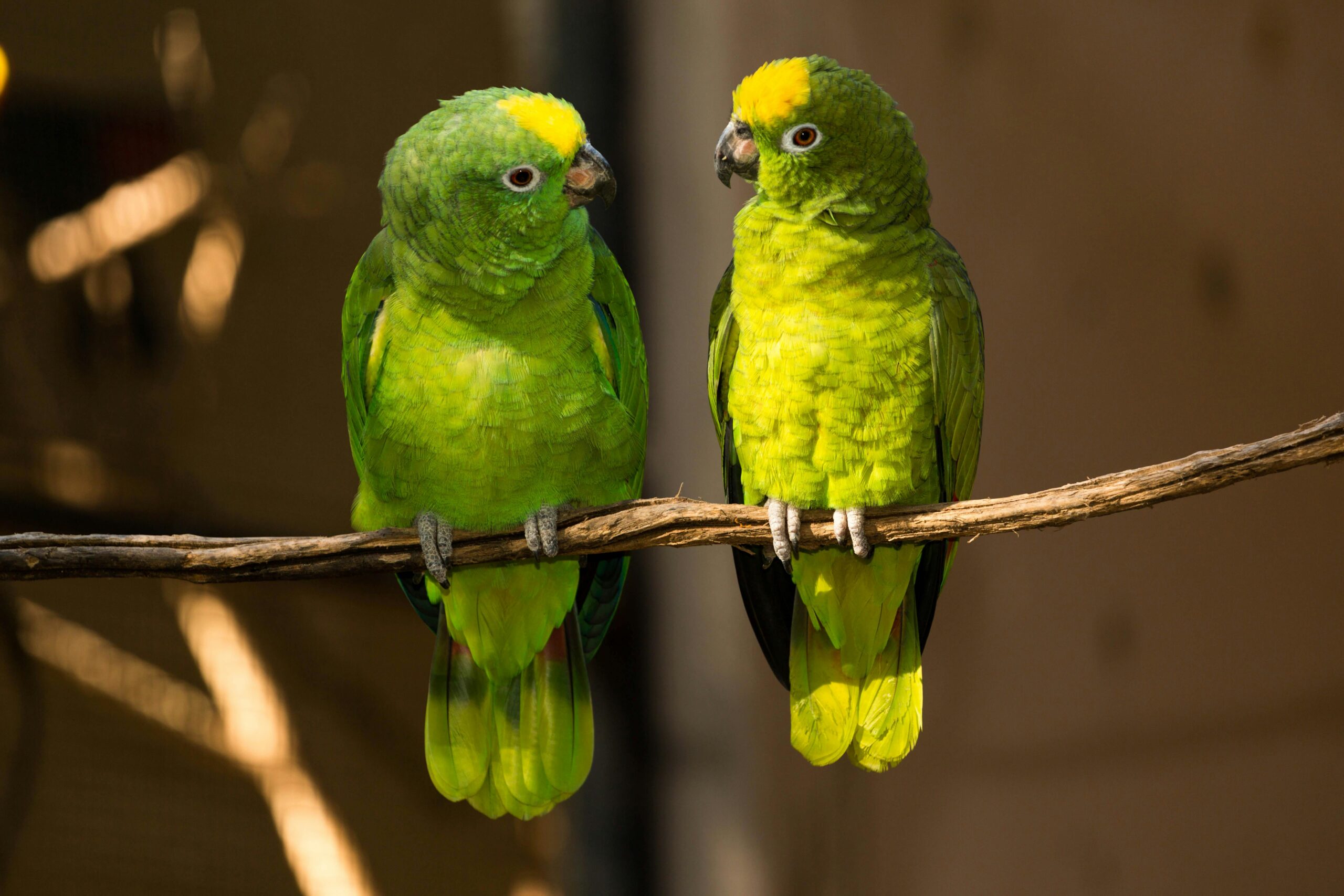You ever get the feeling your dog knows when you’re sad? Or that your cat hears you call her name and just…chooses violence (aka ignoring you)? Turns out, it’s not just your imagination—or your desperate need for emotional support in the form of fur and whiskers. Animal behavior scientists have been digging into these everyday moments and finding something pretty mind-blowing: animals may understand us way more than we thought. Like, actually understand us.
Not just “sit” and “stay”—we’re talking emotional vibes, fairness, human grammar, regret, even FaceTiming friends (yes, parrots are doing that now). The gap between us and the animal kingdom is getting thinner with every new study, and honestly, it’s making us rethink who’s watching whom. So if you’ve ever spilled your secrets to your pet and whispered, “You get me, right?”—congrats. Science says… maybe they do.
1. Parrots Using Words to Chat With Each Other

In a 2023 experiment that sounds like something out of Pixar, researchers let parrots video-call each other—and they totally ran with it. The birds were trained to tap a tablet to initiate calls with their feathered friends across the country. What started as digital enrichment turned into a full-blown communication system, with the parrots initiating, responding to, and even learning from each other.
According to The Guardian, the parrots picked favorites, initiated calls without prompting, and showed clear signs of social bonding through the screen. Some birds even began mimicking new vocalizations from their friends, proving they weren’t just hearing—they were learning. One cockatoo even seemed to “comfort” another during a call. Parrot FaceTime is real, folks. This isn’t just mimicry; it’s comprehension and choice. And it turns out Polly doesn’t just want a cracker—she wants to see her bestie and gossip. The line between “pet” and “peer” just got a lot blurrier.
2. Dogs Know When You’re Lying
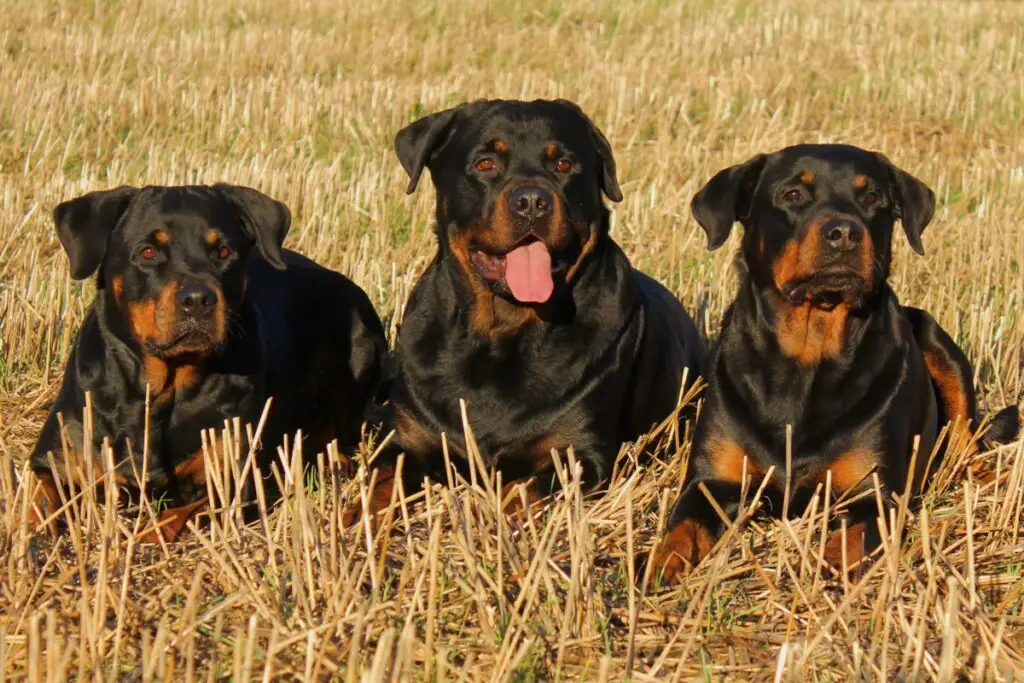
Dog people have long claimed their pups know everything—and now there’s actual science to back them up. A study out of Germany found that dogs can tell when humans are being dishonest, and they’ll stop following advice from people who lie. That’s right, even dogs have trust issues now.
As reported by Upworthy, dogs in the study watched humans hide treats and then mislead them. When the dog realized the human was consistently incorrect, it stopped listening to them entirely. In other words, dogs track not just our tone, but our reliability. This shows they’re capable of something called “theory of mind”—the ability to recognize that others can hold false beliefs. It’s a big deal in the animal cognition world. It also explains why your dog glares at you every time you say, “Just one more minute.” He knows. He always knew.
3. Elephants Recognize Human Language—and Intention
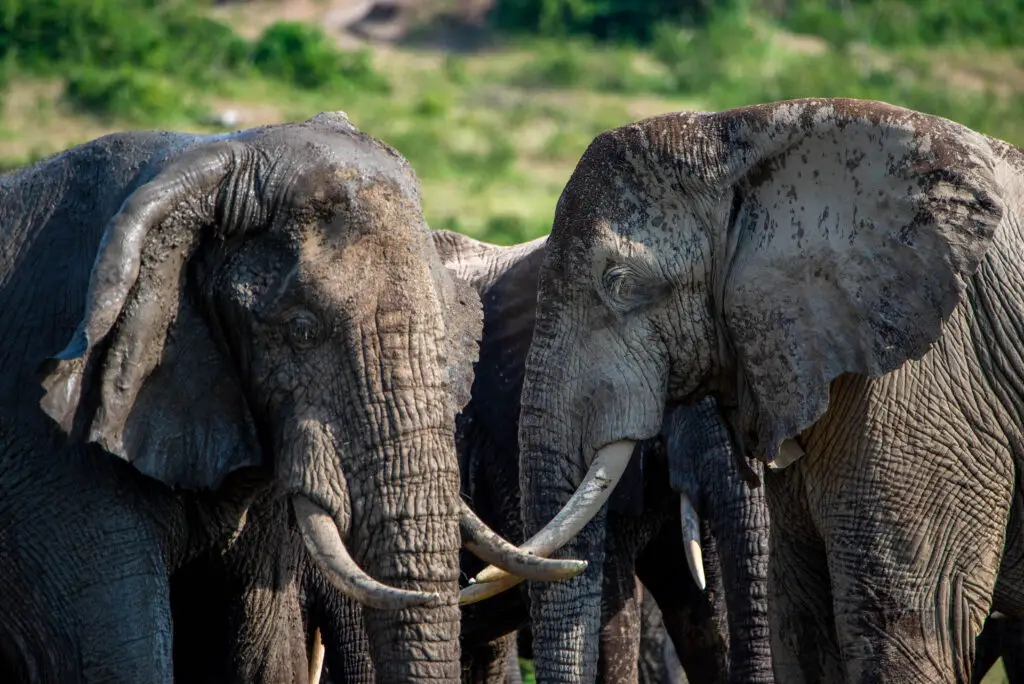
Elephants already have a reputation for being geniuses with trunks, but a 2024 study took things to another level. Researchers in Kenya found that wild elephants could distinguish between different human languages, genders, and tones—and change their behavior accordingly. Like, they don’t just hear the difference—they understand what it means.
Save The Elephants reported that when elephants heard the Maasai language—associated with spear-carrying herders—they became more alert and cautious. But when they heard a more neutral language, like Kamba, they chilled out. The elephants even reacted differently depending on whether the speaker was male or female, younger or older. This suggests they’re actively interpreting human threats—not just reacting to sound. That’s a complex blend of survival instinct and cultural awareness. Basically, elephants are doing mental Google searches on us in real time. Which feels… humbling.
4. Crows Pass Down Knowledge Like Tiny Professors
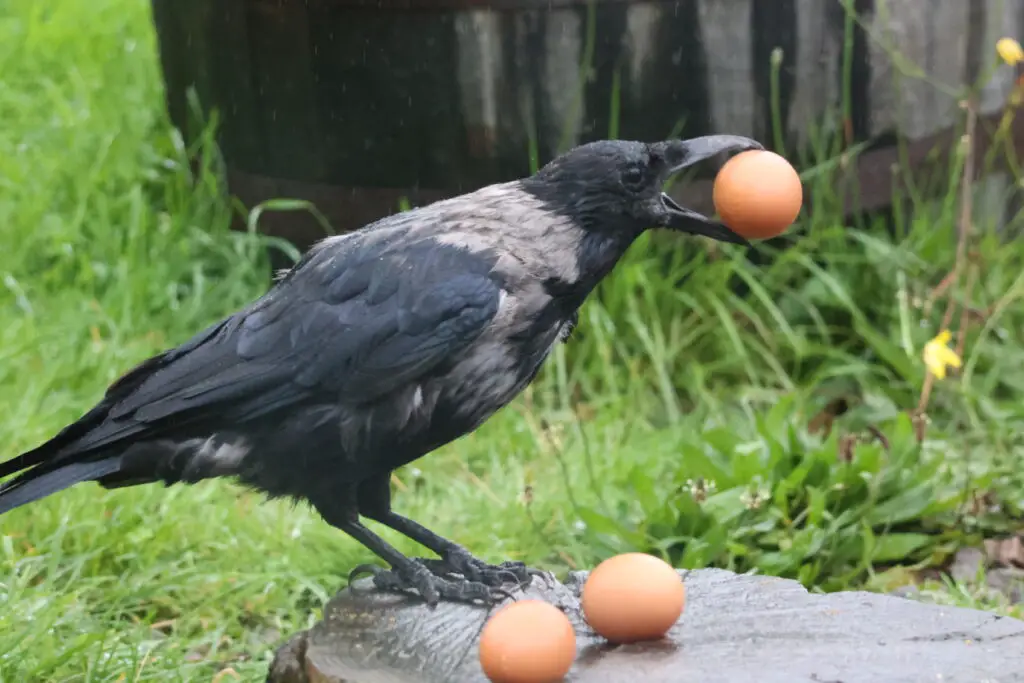
Crows are clever, sure—but did you know they’re out here running intergenerational education systems? A recent experiment showed that crows not only learn problem-solving from humans, but pass that knowledge down to other crows without human involvement. They’ve got their own crash courses going, and we’re just lucky they don’t charge tuition.
In one experiment highlighted by Wired, crows were taught to use tools to access food in a multi-step process. The twist? Untaught crows watched and copied—with remarkable precision. The skill spread through groups like intellectual wildfire, meaning the birds weren’t just copying—they were teaching and adapting. They even improved the original technique. Tool use is rare enough in the animal kingdom. Inter-crow education? That’s advanced-level stuff. We’re this close to seeing a crow TED Talk on innovation.
5. Dolphins Understand Grammar—Sort Of

Dolphins are basically the valedictorians of the sea. But a recent study suggests they’re not just smart—they may grasp elements of grammar in the way they interpret human gestures and sounds. Researchers used whistle sequences and symbolic gestures to see how dolphins responded to changes in “sentence structure,” and surprise—they noticed.
As explained by PHYS.org, dolphins in the experiment reacted differently depending on the order of gestures. For example, “fetch ball” and “ball fetch” got two different responses, which shows they’re sensitive to syntax—not just individual commands. That’s a big leap from simple cue-response behavior. The researchers even theorized that dolphins might have their own syntax, one that we don’t fully understand yet. So yes, your dolphin friend might be silently judging your grammar. Honestly? Fair. English is hard.
6. Goats Know When You’re Smiling
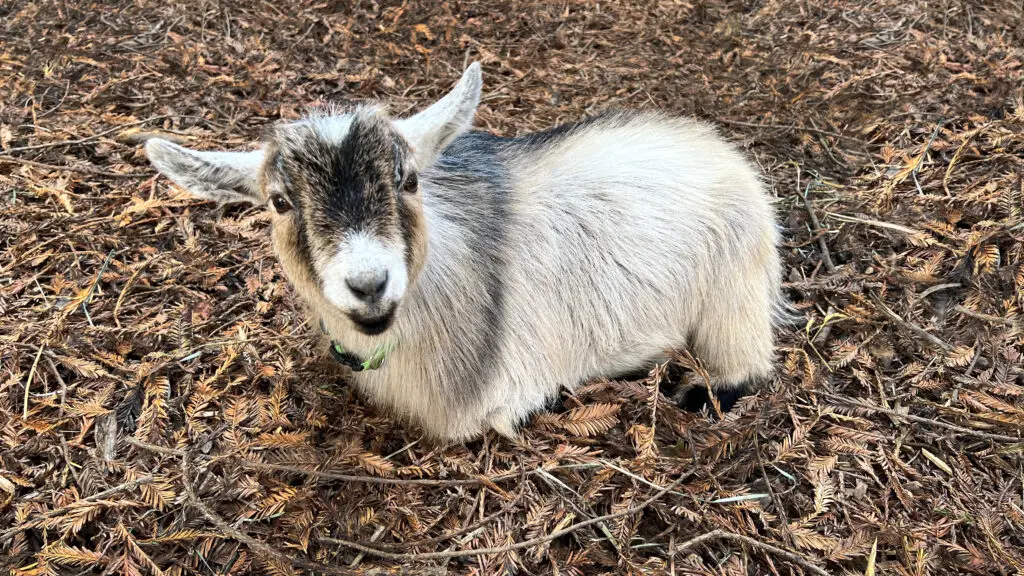
Goats might not be the first animal you’d think of as emotionally intuitive, but don’t let the rectangular pupils fool you—they’re watching your face closely. In a series of studies, goats consistently approached people with happy facial expressions and avoided those who looked angry. That’s right, they’re reading vibes. And apparently, they’re pretty good at it.
What’s wild is that this response only occurred when the faces were right-side up—so they weren’t just reacting to shapes, but understanding expression. It suggests goats don’t just see us as food dispensers, but as emotional beings. That sweet little bleat? Might just be their version of “you seem like you had a rough day.” They’ve evolved alongside humans for thousands of years, so maybe it makes sense they’ve developed some people skills. And if goats can do it, who else is low-key judging our mood? Either way, it might be time to smile more when you’re at the petting zoo. Because the goats? They notice.
7. Pigs Can Use Joysticks
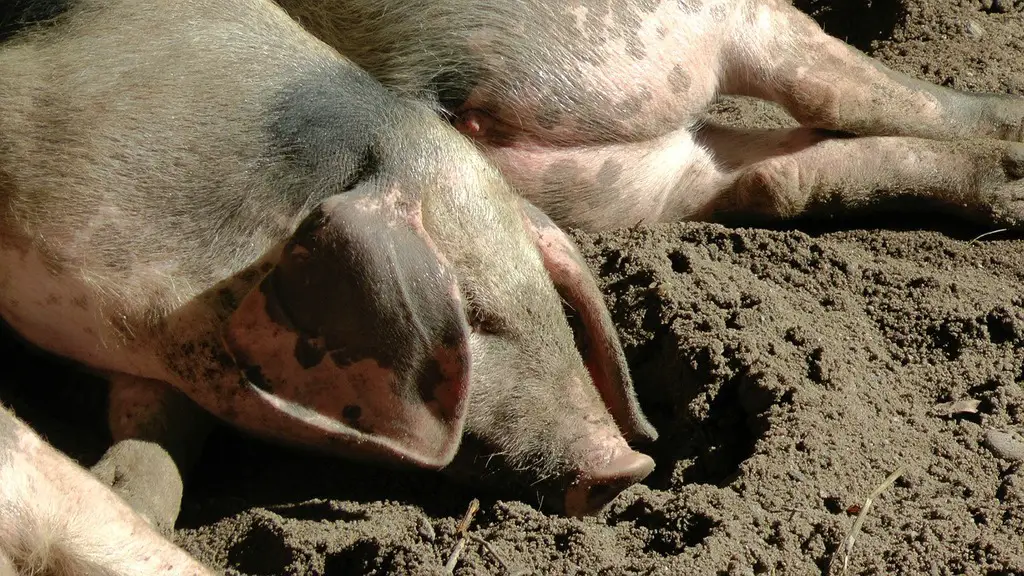
Turns out pigs aren’t just smart—they’re gamer smart. In a recent test, pigs were trained to use a joystick to move a cursor on a screen. The goal? Hit a target to receive a treat. And these snout-slinging champions nailed it more often than not.
This shows a surprising level of abstract thinking—they understood that manipulating the joystick controlled something on a screen. That’s a leap even some toddlers struggle with. Pigs have long been considered clever, but this kind of task hints at spatial awareness, cause-and-effect understanding, and maybe even a little bit of strategy. If they had thumbs, they might beat us at Mario Kart. And yes, they reportedly got very into it. You’ve never seen pure joy until you’ve watched a pig win a round and wiggle with pride. So next time you hear someone call someone else a pig, take it as a compliment—they might just be a genius.
8. Rats Can Feel Regret
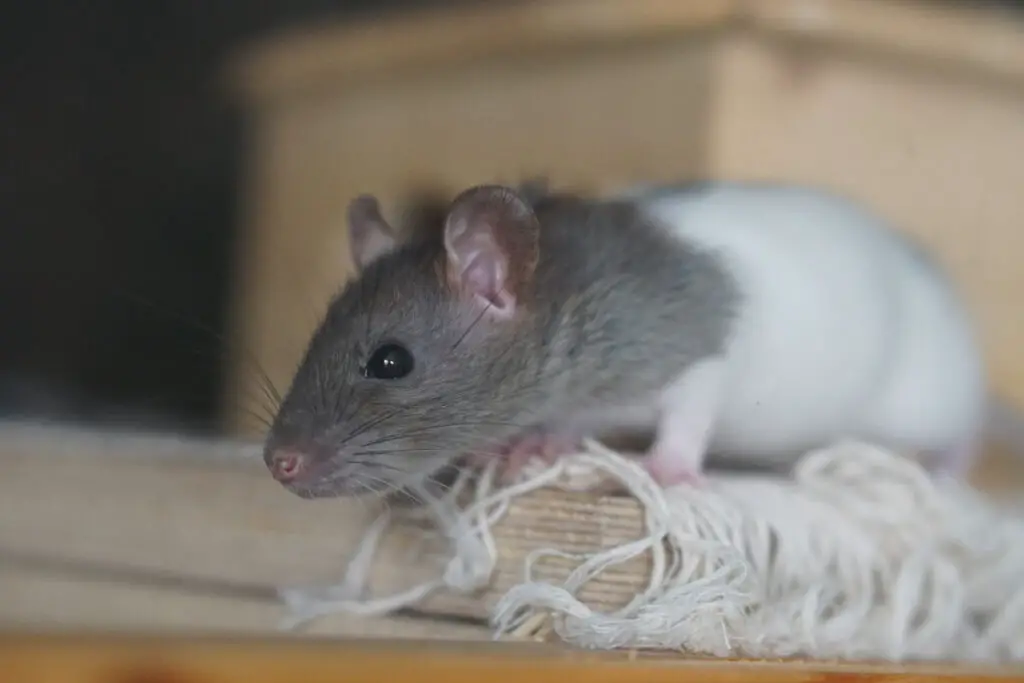
We tend to think of rats as sneaky survivalists, but new research shows they might also be introspective snack philosophers. In one experiment, rats were given the choice between an immediate small reward or a delay for a bigger treat. And when they made the wrong choice? They looked back—literally—at the missed opportunity and changed their strategy the next time.
That moment of hesitation, of looking back at what they could have had, is being interpreted as something close to regret. Not just disappointment, but awareness that their choice led to a less optimal outcome. That’s not simple conditioning—it’s complex emotion. It means rats might be more emotionally aware than some of your exes. They even adjusted future behavior based on that regret, which is a sign of cognitive flexibility. You can almost hear the tiny voice: “I knew I should’ve waited for the peanut butter.” Who knew your attic intruders were basically tiny existentialists?
9. Horses Can Read Human Gestures

If you’ve ever tried to get a horse to move and felt like it was ignoring you on purpose, you might be right—but it’s not because they didn’t understand. Horses have been shown to pick up on human cues like pointing, gazing, and posture to find hidden objects or navigate spaces. They aren’t just reacting to training—they’re reading body language like pros.
In some experiments, horses chose between two buckets based entirely on where a human was looking or gesturing. And when the human was wrong, the horse sometimes refused to follow the lead, suggesting they trust their own instincts, too. This means they’re not just passive followers—they’re decision-makers. Horses also appear to remember emotional expressions on human faces and treat people differently based on prior moods. So yes, if you gave a horse side-eye last week, it might still be salty. It’s like they’ve got a gossip column running in their heads. And you’d better believe they know when you’re bluffing about that carrot in your pocket.
10. Octopuses Hold Grudges
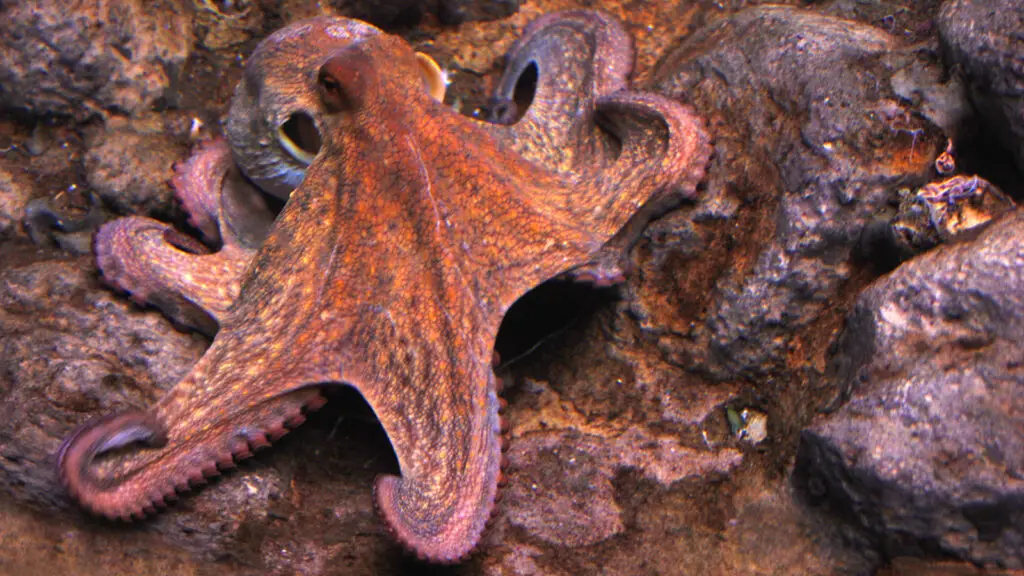
Octopuses are already the weird geniuses of the sea, with alien-level brains and arms that can operate semi-independently. But recent behavior suggests they’re also petty—and we kind of love that for them. In lab settings, some octopuses have been observed squirting water at specific researchers they don’t like.
Not just randomly—targeted water cannon assaults. And it’s not always triggered by immediate events, either. They seem to remember who annoyed them and act on it later. That level of selective memory and intentional reaction screams one thing: grudge. Scientists even found that octopuses would behave differently depending on which human was in the room, showing signs of preference or disdain. That’s not just memory—it’s emotional association. They might not talk, but those eight arms are definitely keeping score. Which makes them less like sea creatures and more like coworkers who never forget who stole their lunch from the breakroom fridge.
11. Chimpanzees Understand Fairness
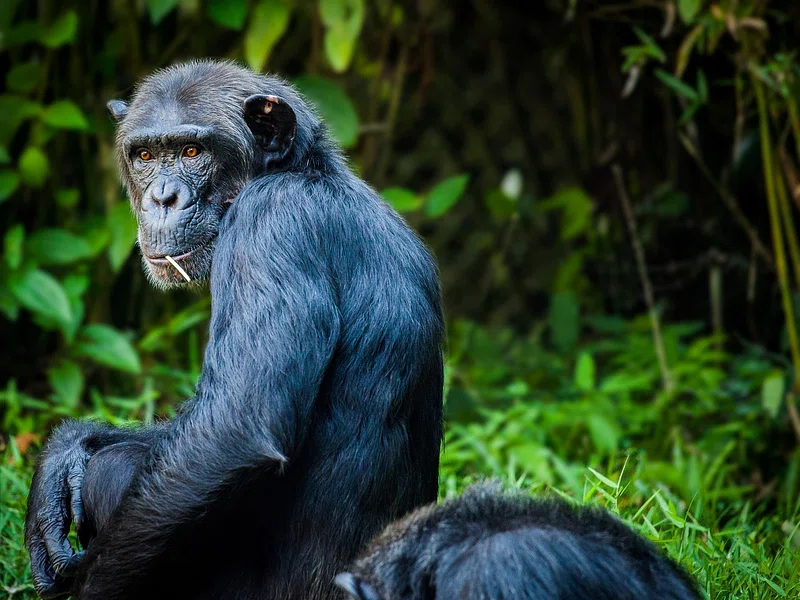
You know that gut-punch feeling when your sibling gets a bigger slice of cake for no reason? Chimps feel that too. In controlled tests, chimps were given unequal rewards for completing the same task. When one chimp got a grape and the other got a boring old cucumber, things got spicy.
The underpaid chimps started protesting—refusing to complete the task or even throwing the cucumber back at the researcher. That reaction shows a sense of injustice, not just disappointment. And when chimps do get equal treatment, they seem more cooperative and willing to keep engaging. Sound familiar? That’s the same system your elementary school teacher tried to use with gold stars. It suggests that fairness isn’t just a human invention—it might be an evolutionary trait that helps groups function. And clearly, chimps are not here for wage gaps—fruit or otherwise.
12. Cats Understand Names—and Ignore Them Anyway

Cat owners, you might want to sit down for this one. Your cat does know its name. It just doesn’t care. In one experiment, cats responded to their own names even when said in a monotone voice by a stranger—ears twitching, eyes shifting, tails flicking. But when it came to actually moving toward the sound? Not so much.
The takeaway? Your cat is aware, not aloof. It hears you. It just chooses to ignore you. Which, if we’re being honest, tracks. Cats seem to be running on a “vibe-based” reward system—you have to earn their attention like it’s a cover charge. But the fact that they differentiate between names and words proves there’s a little linguist under all that fluff. So yes, Whiskers is ghosting you on purpose.
13. Bees Can Do Basic Math
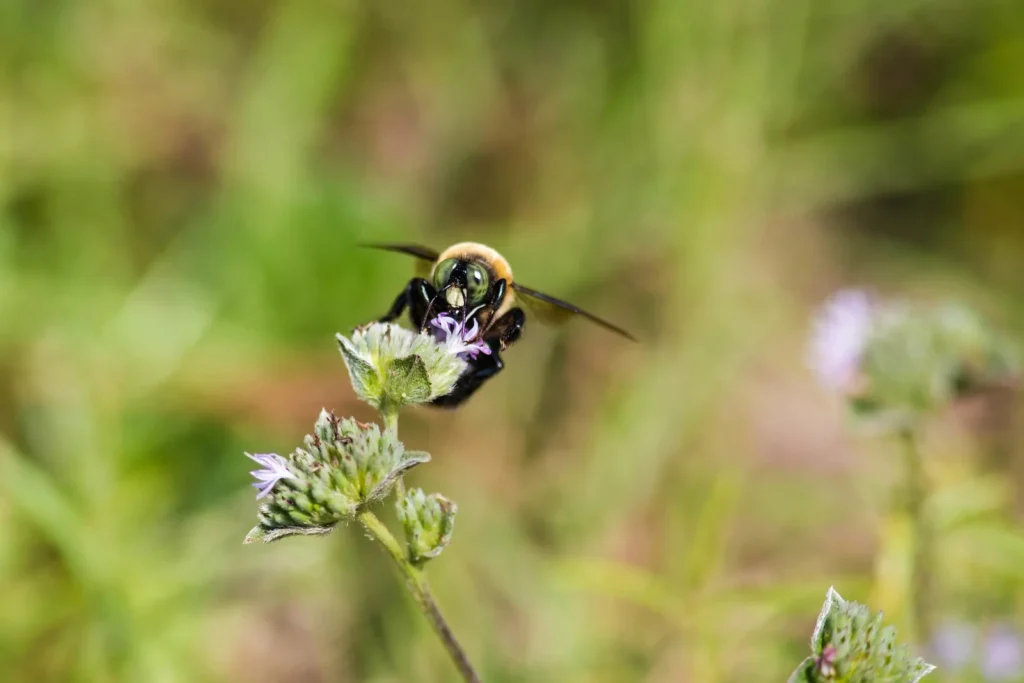
You don’t need to be big-brained to do math, apparently—you just need wings and a strong work ethic. In a recent test, bees were trained to associate symbols with addition and subtraction. Presented with visual cues, they consistently chose the correct solution to basic problems like “add one” or “subtract one.”
Let’s just pause here: bees are doing math. They can’t write it down or say the answer, but they know. It’s not just counting—they’re interpreting abstract symbols and performing operations. That level of numerical understanding was once thought limited to primates, parrots, and, well, humans with a calculator. The fact that something with a brain the size of a poppy seed can crunch numbers is mind-blowing. It’s like discovering your calculator also pollinates flowers. Honestly, we should stop underestimating bees. They’re out here building hexagonal architecture, running logistics, and solving math—while we forget where we parked.

